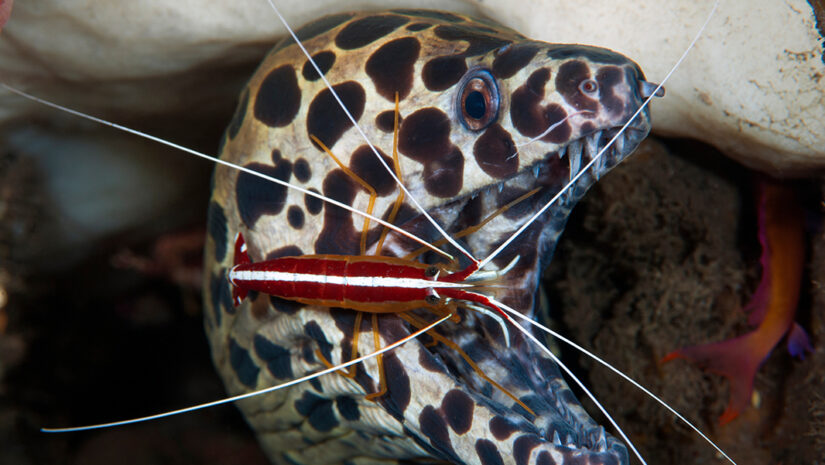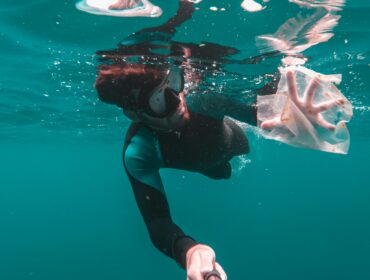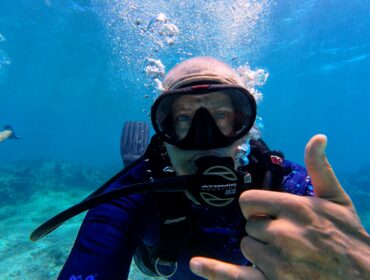Symbiotic relationships are common within the natural world, where one or more species rely on one another for survival. Sometimes, these relationships are parasitic, where one party suffers to help the other survive, but the vast majority are mutualistic, where both parties benefit. One of the greatest examples of this is the reef cleaning station.
Each morning, particular marine species gather regularly to perform cleaning. Cleaner species include gobies, wrasse, shrimp, catfish, cichlids, crabs, and tangs, while their “clients” run the gamut from sea turtles to moray eels, pufferfish to groupers.
Cleaner species remove dead skin, bacteria, and parasites from their clients’ flesh, gills, and mouths. Any species that wants to be cleaned enters the reef cleaning station, settles into position, and signals the cleaners by fluttering their gills or opening their mouth.
These regular cleanings ensure that the ecosystem as a whole remains healthy. When fish sleep, ectoparasites attach themselves to the fish and begin to feed. In a great twist, not only do cleaner species receive valuable nutrients, but they also receive protection from the fearsome predators they serve. In most cases, they can clean sharks and other dangerous species without so much as a nibble.
Scientists believe that the patterns and coloration of cleaner species are integral in signaling to other fish who they are. Cleaner fish often have blue or yellow coloration and stripes, almost like a neon sign advertising their services.
The reef cleaning station can be found throughout the world’s coral reefs, usually situated right on top or at the edge of the reef. Divers can even join the party by removing their regulators and opening their mouths. The cleaners will promptly swim over and begin to clean. They’ll also remove dead skin and parasites from your hands and face if you linger long enough.
Conclusion
The entire process at a reef cleaning station is enjoyable to observe and a great educational experience for those new to the underwater world. Look for one on your next tropical dive!





